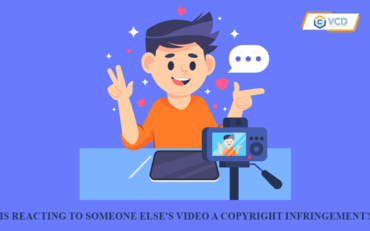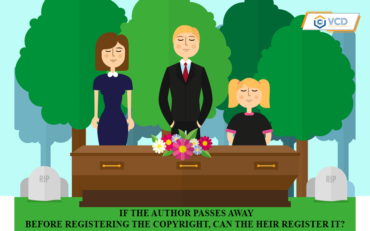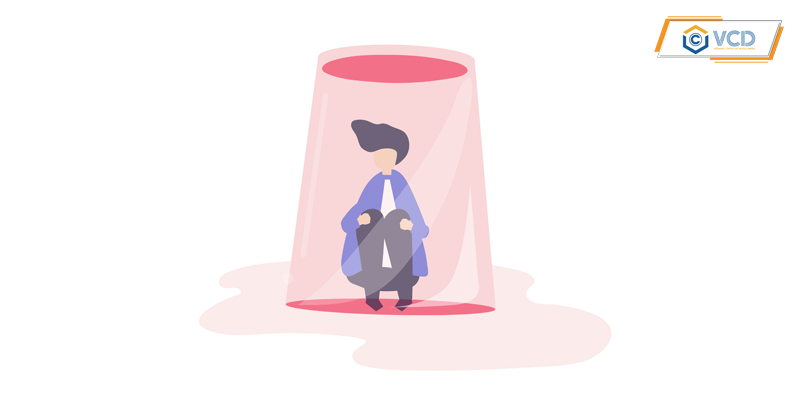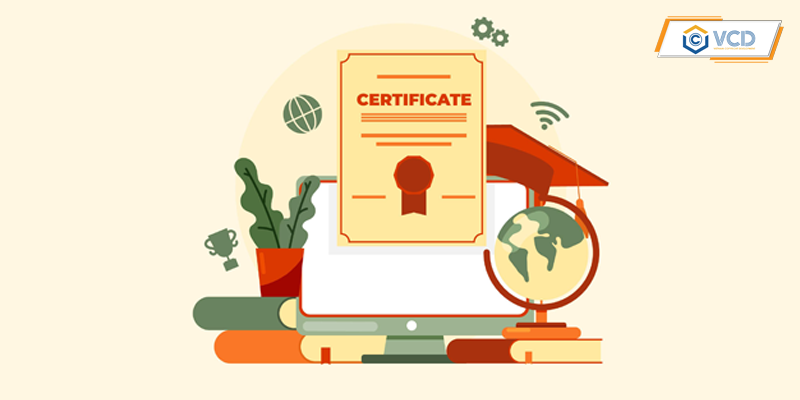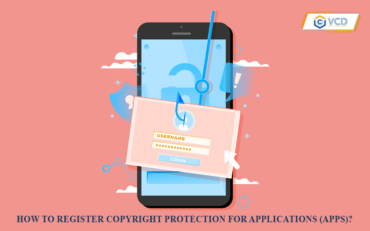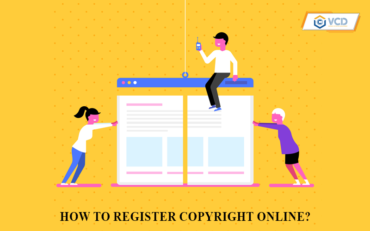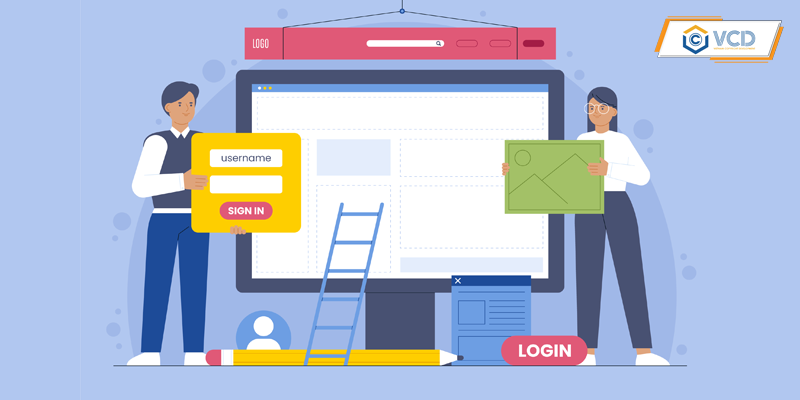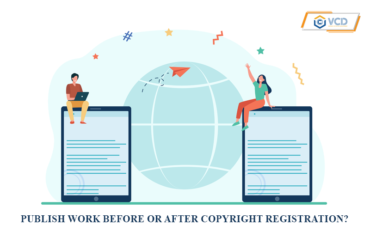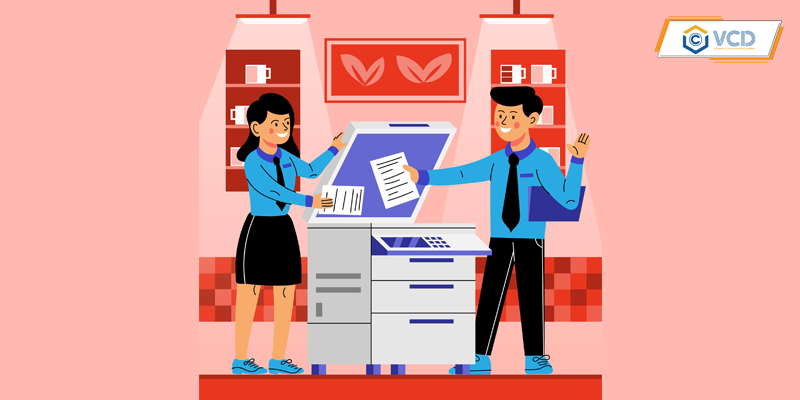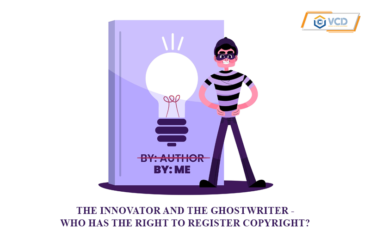Is reacting to someone else’s video a copyright infringement?
Currently, on social networking platforms such as Facebook, YouTube, and TikTok, the trend of making reaction videos is becoming very popular. Users often create reaction videos to share emotions, opinions, or comments on existing content, clips, or songs. So are other people’s reaction videos copyright infringement? Follow the article of VCD below.
1. What is a reaction video?
Reaction, also known as reaction, can be simply understood as a response or reaction to something. In the context of netizens, this term refers to responses or comments from users about phenomena, objects, or events.
Definition of reaction video, this is a type of video that records a person’s reactions and opinions when watching another video, such as a music video, short film trailer, or any phenomenon in life. These videos not only give viewers a first look at whether or not to experience the content, but also create a connection, as they often see themselves in the reactions of others. In particular, reaction videos are often unscripted, bringing real and immediate emotions. With a wide variety of topics, reaction videos provide a rich choice for all audiences.
2. What is copyright?
Copyright is an individual’s ownership of a work that they create. This right is used to protect culturally significant spiritual creations, such as scientific and literary writings, musical compositions, sound recordings, paintings, photographs, and films. It protects both the personal and economic interests of the author related to that work.
Copyright comes into effect as soon as the work is created and expressed in a certain material form, regardless of the content, quality, form, medium, language, or whether the work has been published or registered.
Copyright protection is the process by which competent state agencies confirm the copyright of the creator of the work, in which they will grant protection certificates for rights such as personal rights and property rights of the owner, in order to prevent infringement or loss of copyright.
Copyright protection from a legal perspective is a synthesis of legal provisions to protect the legitimate rights and interests of authors and owners of all or part of their works.

3. Are other people’s reaction videos copyright infringement?
In recent years, the reaction wave has quickly entered Vietnam and has been welcomed by young people, especially the streamer community. Thanks to these reaction videos, they have contributed significantly to enriching the streamer’s content as well as their popularity and increasing the number of fans on social networks. The line between copying content and “borrowing” content to illustrate one’s own product is quite fragile.
However, to make a reaction video with someone else’s content, permission from the author or copyright owner of the song is required. However, there are some cases where it is not necessary to ask for permission or pay royalties, but information about the author’s name of the song must still be provided, according to the provisions of Clause 1, Article 25 of the 2005 Intellectual Property Law, amended and supplemented in 2009 and 2022, including:
- Self-copying 01 copy for the purpose of scientific research, personal study without commercial purposes.
- Fair use of the work for illustration in lectures, publications or performances, audio/video recordings, broadcasts for teaching purposes.
Pursuant to Article 28 of the 2005 Law on Intellectual Property, amended and supplemented in 2022 on acts of copyright infringement, acts considered copyright infringement when using other people’s videos include one of the following acts:
- Modifying or cutting videos in any form that harms the author’s reputation and honor.
- Intentionally broadcasting, transmitting or providing the public with a copy of the video when knowing or having reason to know that the copyright management information has been deleted/removed/changed without the permission of the copyright owner.
Therefore, to avoid cases of copyright infringement or violation of the law, when reacting to other people’s videos, users need to ask for permission from the author or copyright owner. This not only ensures compliance with the law but also respects the rights of authors and creates opportunities for creativity and content development on online platforms.
Above is the article “Is reacting to someone else’s video a copyright infringement?” sent to you by VCD. We hope this article is useful to you.
Sincerely,

